Ditch the Lawn: Your Real-World Guide to Amazing Ground Covers
Over the years, I’ve seen the same story play out in so many backyards. People are just… done with their lawns. They’re tired of the endless mowing, the shocking water bills in summer, and the cocktail of chemicals needed to keep that perfect green carpet. They’re looking for something better, something that’s easier on their back and the planet.
In this article
And that’s usually when I start talking about the magic of ground covers. These aren’t just random, short plants; they’re hardworking problem-solvers that can transform a landscape.
Think of a good ground cover as a living mulch. It holds onto precious soil, keeps moisture in, and creates a haven for wildlife. Shifting from a boring grass monoculture to a diverse, living carpet takes a bit of planning, sure. But the payoff is a yard that’s more beautiful, resilient, and frankly, more interesting. This guide is packed with the practical, real-world advice you need to get it right.
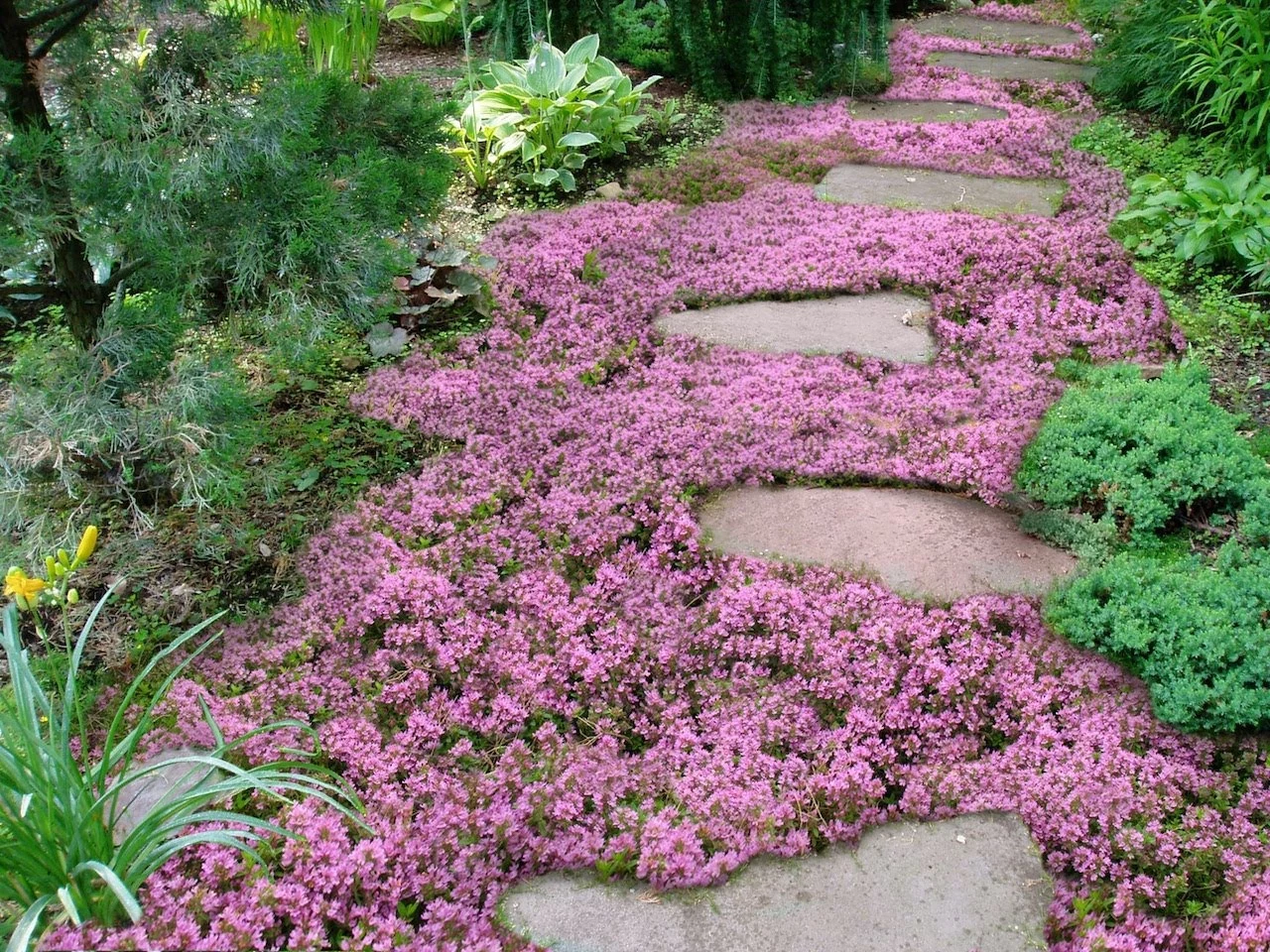
The Why Behind It All (It’s Not Just About Looks)
So, why does this work so well? It really comes down to simple science. A typical lawn has wimpy, shallow roots that barely scratch the surface. This makes it a disaster waiting to happen during a drought and does next to nothing to prevent soil from washing away.
Ground covers are a whole different beast. Many develop deep, tangled root systems that act like a natural net, locking the soil in place. This is an absolute game-changer on slopes, where a single heavy downpour can strip away years of valuable topsoil. I once fixed a constantly eroding bank on a client’s property with a thick planting of Creeping Juniper. The grass they’d tried for years was useless, but the juniper’s deep roots and dense canopy solved the problem for good.
That leafy canopy also shades the soil, keeping it cool and drastically cutting down on water evaporation. You’ll find yourself watering far less often. It’s a beautiful cycle: the plants create their own humid microclimate right at the soil level, which helps them conserve the very water they need to thrive.
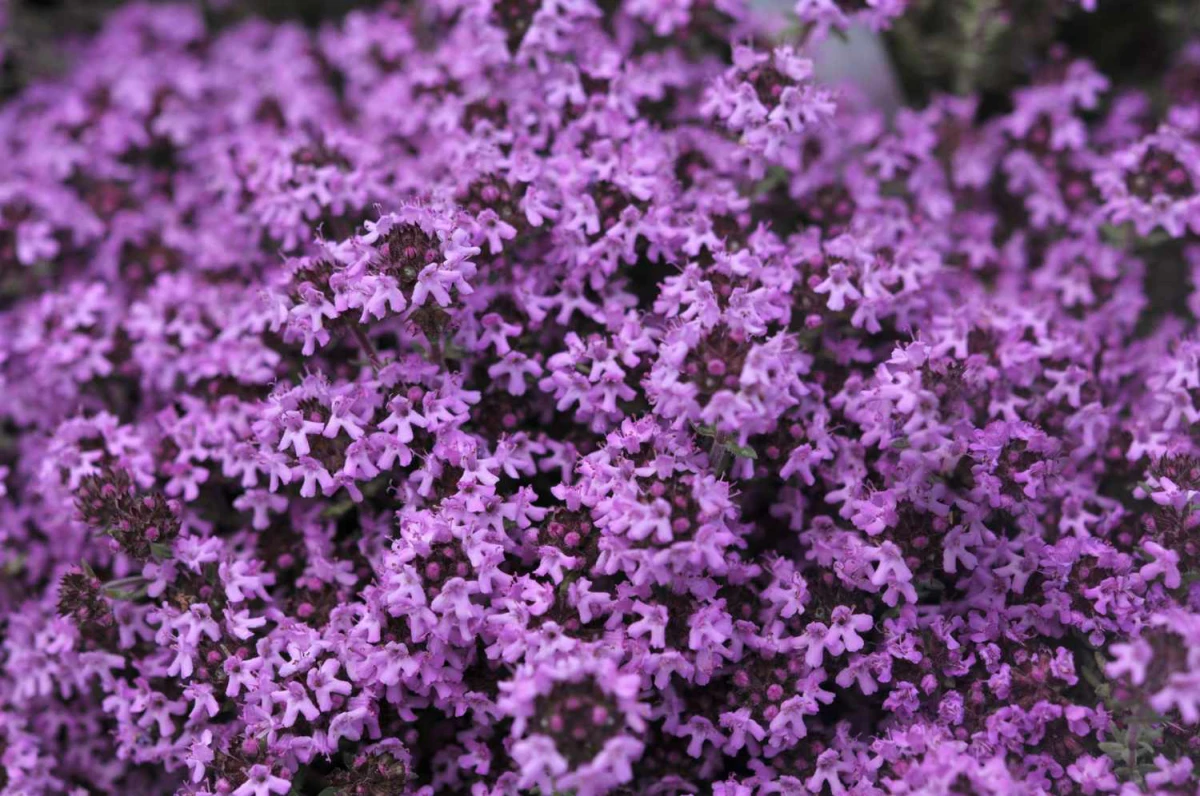
Oh, and by the way, a lawn is basically a food desert for pollinators. A garden with a mix of flowering ground covers? It’s an all-you-can-eat buffet for bees and butterflies. The dense foliage also provides shelter for beneficial insects that snack on garden pests. I’ve noticed gardens with healthy ground cover layers have way fewer issues with slugs and other annoying critters. You’re building a balanced little ecosystem.
Before You Buy a Single Plant: Read Your Yard
The biggest mistake I see people make is falling in love with a plant in a catalog without understanding their own yard. The golden rule of gardening is simple: right plant, right place. Before you spend a dime, you need to play detective.
Your Quick Win This Weekend: Don’t buy a thing. Seriously. Just grab a notepad and map the sun in your target area. Check at 9 a.m., 12 p.m., and 3 p.m. Knowing your light is the single most important first step, and it’s totally free!
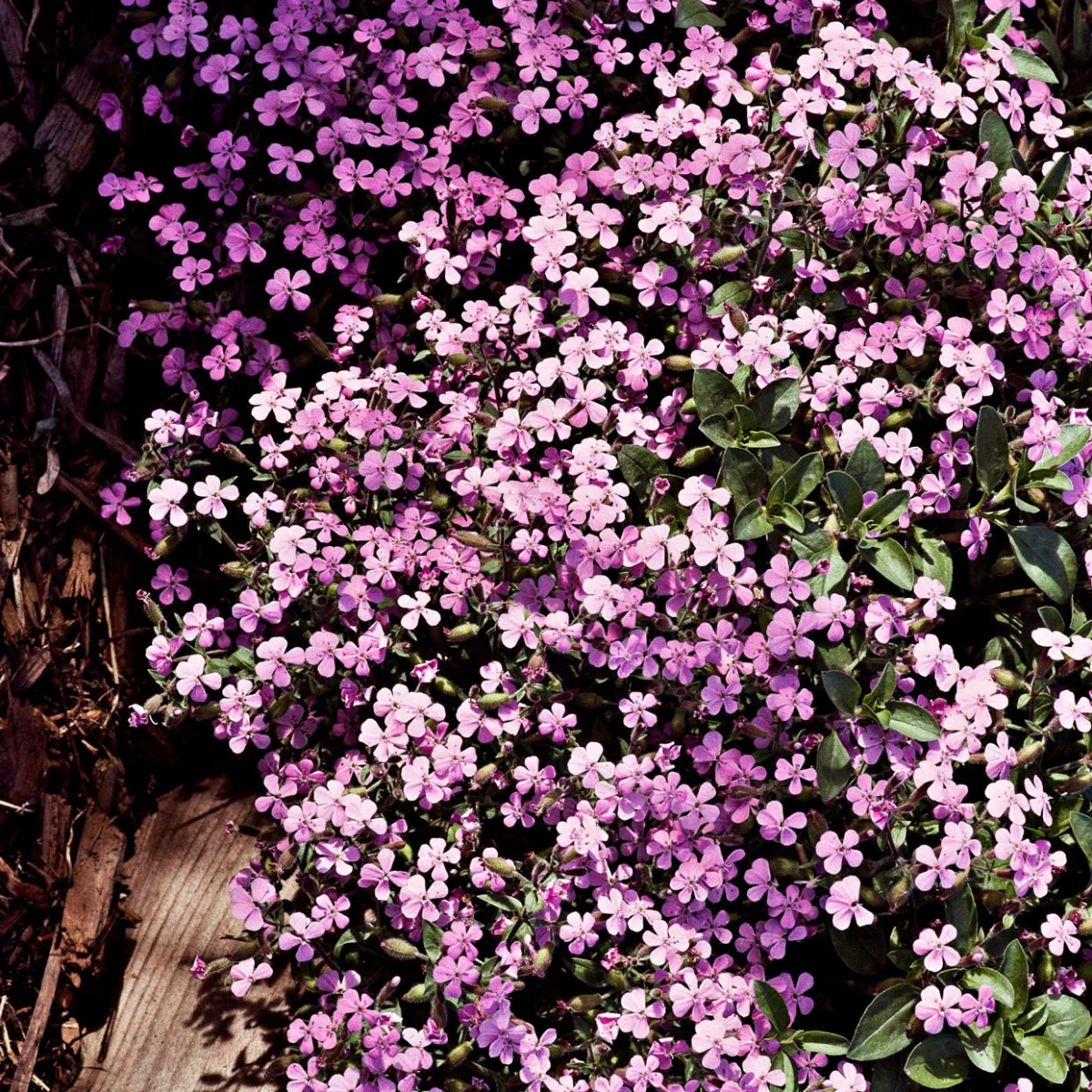
Here’s what the pros look for:
- Light Conditions: Be brutally honest about how much sun you get. “Full sun” means 6+ hours of direct, blazing sun. “Part shade” is about 3 to 6 hours. “Full shade” is less than 3 hours of direct sun, or that dappled light you find under big trees. A sun-lover will get sad and leggy in the shade, and a shade-dweller will get fried in the afternoon sun.
- Soil Type and Drainage: You can do a simple soil test yourself. Dig down about 6 inches, grab a handful of soil, and pop it in a glass jar. Fill it with water, shake like crazy, and let it settle for a day. The heavy sand will fall to the bottom, silt will be in the middle, and the finest clay particles will be on top. Heads up: If your jar shows a thick layer of clay on top, you know you need to add compost to improve drainage and should lean toward plants that don’t mind “wet feet.” If it’s mostly sand on the bottom, pick plants from the drought-tolerant list and know you’ll need to water more that first year.
- Foot Traffic: Let’s be real. Very few ground covers can handle the same wear and tear as a tough turfgrass. If you have kids and dogs using the area for daily soccer practice, a ground cover isn’t the answer for that specific spot. But for areas with lighter traffic, like between pavers or on a path you only walk on a few times a week, some options are fantastic.
- Know Your Zone: Every gardener should know their Plant Hardiness Zone. Just search online for the “Plant Hardiness Zone Map” and enter your zip code. It tells you the average coldest temperature your area experiences. If a plant is rated for Zone 5, it can handle winters down to -20°F. Pro tip: I always choose plants that are hardy to at least one zone colder than my client’s location. It’s a little insurance policy against a nasty winter.
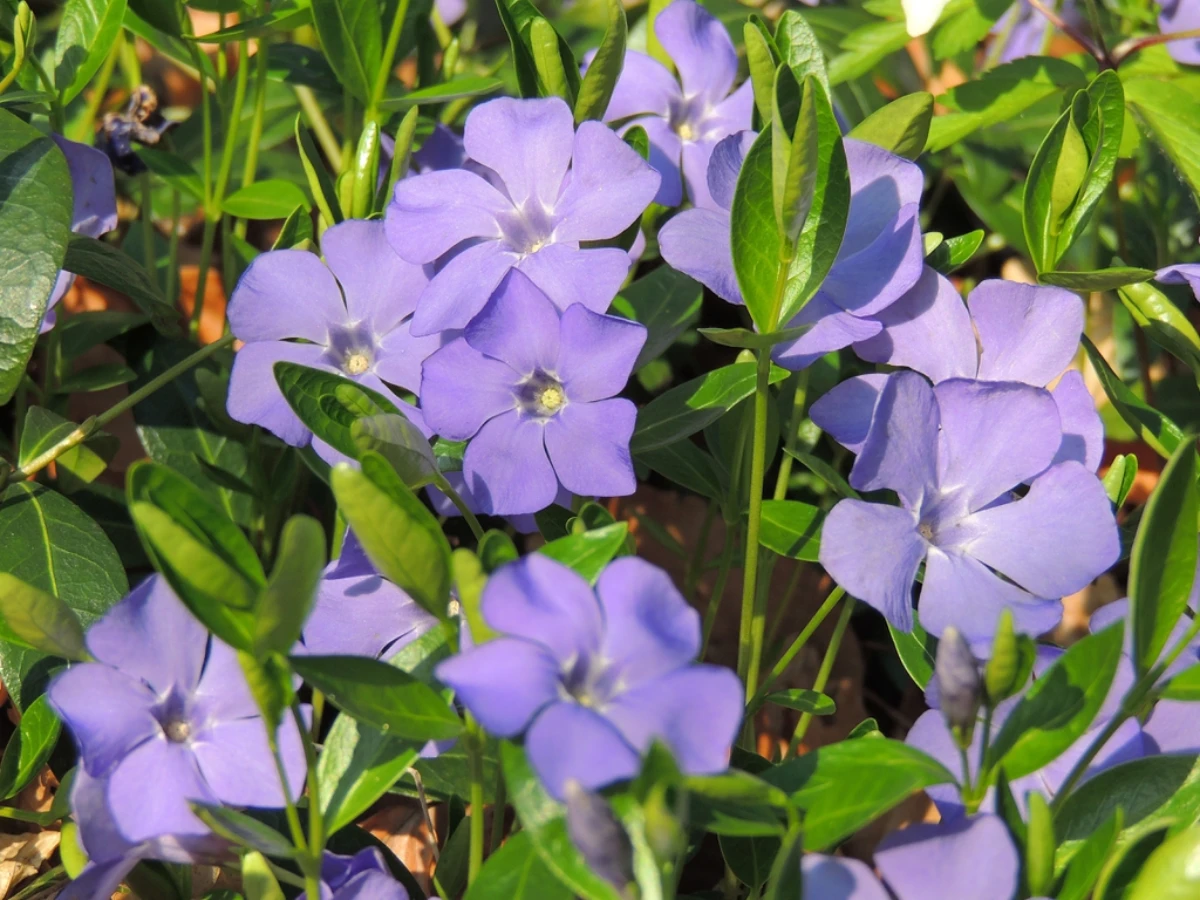
When to Plant and What to Budget
The best times to tackle a ground cover project are spring or fall. The cooler temperatures and more reliable rainfall give the plants a chance to establish their roots without the stress of summer heat. I personally prefer fall planting for most things, as the warm soil encourages root growth well into the season, giving them a big head start for the following spring.
And the money talk! This can be a very budget-friendly project, but it depends on your choices. A 1-gallon pot of a ground cover at a nursery might run you $15 to $30. That’s great for filling a small spot, but for a large area, that adds up fast. To save money, look for “flats” of small plants, often called plugs, from online nurseries. You might pay around $150 for a flat of 72 plugs, which makes covering a big area much more affordable.
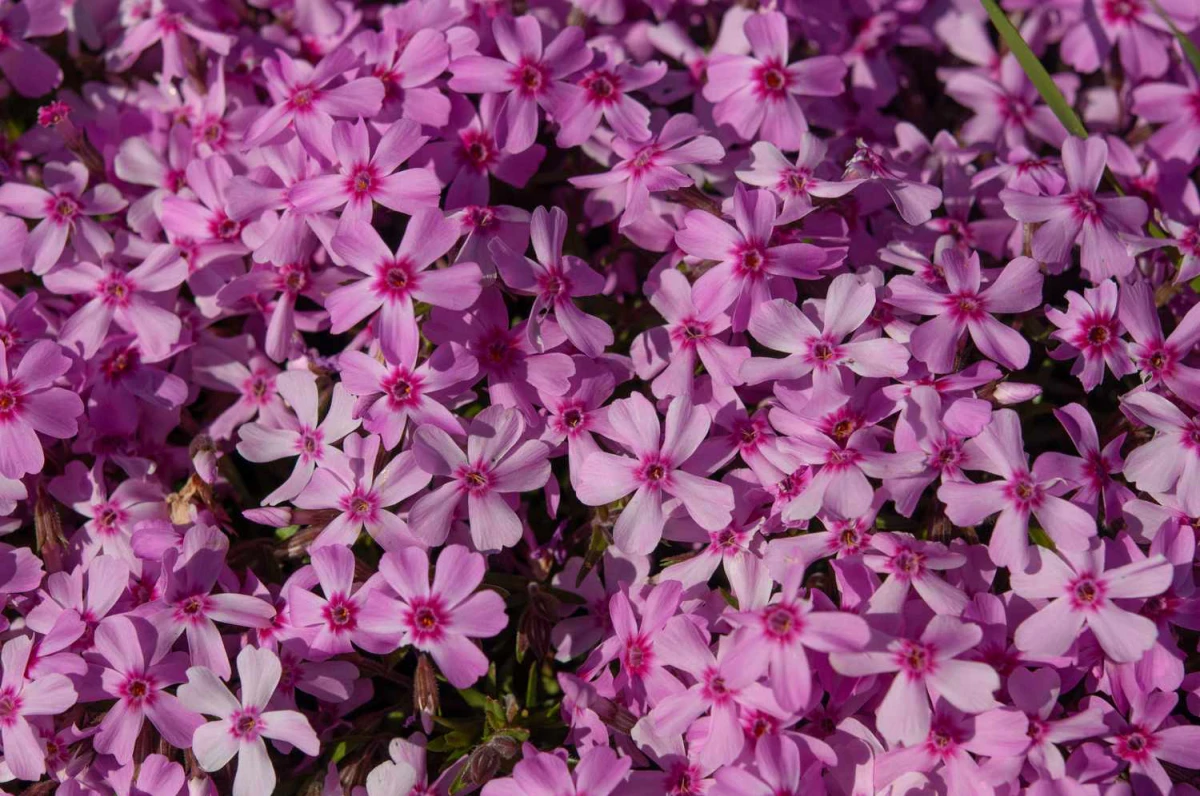
A Pro’s Palette of Proven Ground Covers
Here are some of the plants I’ve relied on for years. I’ve grouped them by the problems they solve. I’m also including the all-important deer-resistance factor, because for many of us, a plant that isn’t deer-resistant is just an expensive snack.
For Tough, Sunny, and Dry Spots
These are your champions for those brutal areas next to the driveway or on a sun-baked slope.
-
Creeping Juniper (Juniperus horizontalis): This is my number one pick for large, hard-to-mow slopes. Once it’s established, it’s virtually indestructible and chokes out almost all weeds. Spacing is everything. A variety like ‘Blue Rug’ can spread 8 feet wide but stays super low. Plant them about 4-5 feet apart and be patient; it’ll look sparse for the first two years. Good to know: It’s extremely drought-tolerant and, best of all, highly deer-resistant.
-
Crepping Phlox (Phlox subulata): For a few weeks in spring, nothing beats the stunning carpet of flowers this plant produces. It’s perfect for spilling over rock walls. After the flowers fade, you must shear the plant back by about a third with hedge shears. If you skip this, it gets woody and ugly. Heads up: The main show is short. For the rest of the year, it’s a pleasant green mat. And yes, it’s generally deer-resistant.
-
Basket of Gold (Aurinia saxatilis): Another spring showstopper with brilliant yellow flowers. Like the phlox, it needs a hard haircut after blooming to keep it from getting leggy. Its fuzzy, silvery-green leaves are a clue to its drought-tolerance. Those little hairs help the plant conserve water. This one is also reliably left alone by deer.
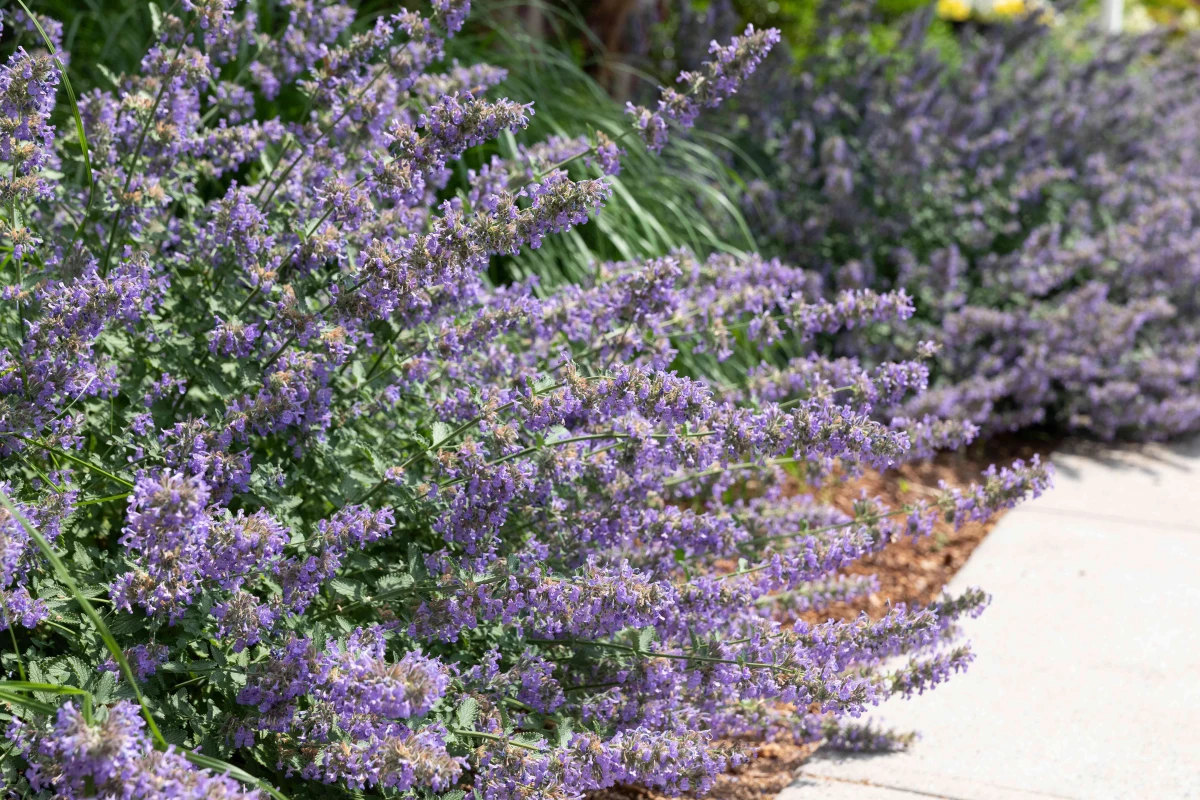
For Shady and Moist Areas
These are the problem-solvers for that dark spot under a tree or on the north side of your house.
-
Ajuga or Bugleweed (Ajuga reptans): A fantastic choice for shade, forming a dense mat of leaves in shades of green, bronze, or nearly black. It spreads by runners to fill in an area quickly. To figure out how many you need, here’s a simple way to think about it: for a 10×10 foot area (100 sq ft) with plants spaced 8 inches apart, you’ll need around 225 plants. It’s a lot, which is why plugs are your friend! Ajuga is also super deer-resistant.
-
Dwarf Periwinkle (Vinca minor): Okay, I use this plant with a major warning. It’s tough as nails and will grow in deep shade, but it is highly aggressive and considered invasive in many areas. It can easily escape and smother native plants. I ONLY use it in urban spots completely boxed in by concrete. Honestly, there are better, non-invasive choices like Wild Ginger or European Ginger. Deer do avoid it, but that’s not a good enough reason to plant it near any natural areas.
-
Blue Star Creeper (Isotoma fluviatilis): This looks delicate, but it’s surprisingly tough for moist, partly shaded areas. It’s one of my favorites between stepping stones because it can handle moderate foot traffic. It needs consistent moisture to survive, so it’s perfect for a low, damp spot. It is generally deer-resistant.
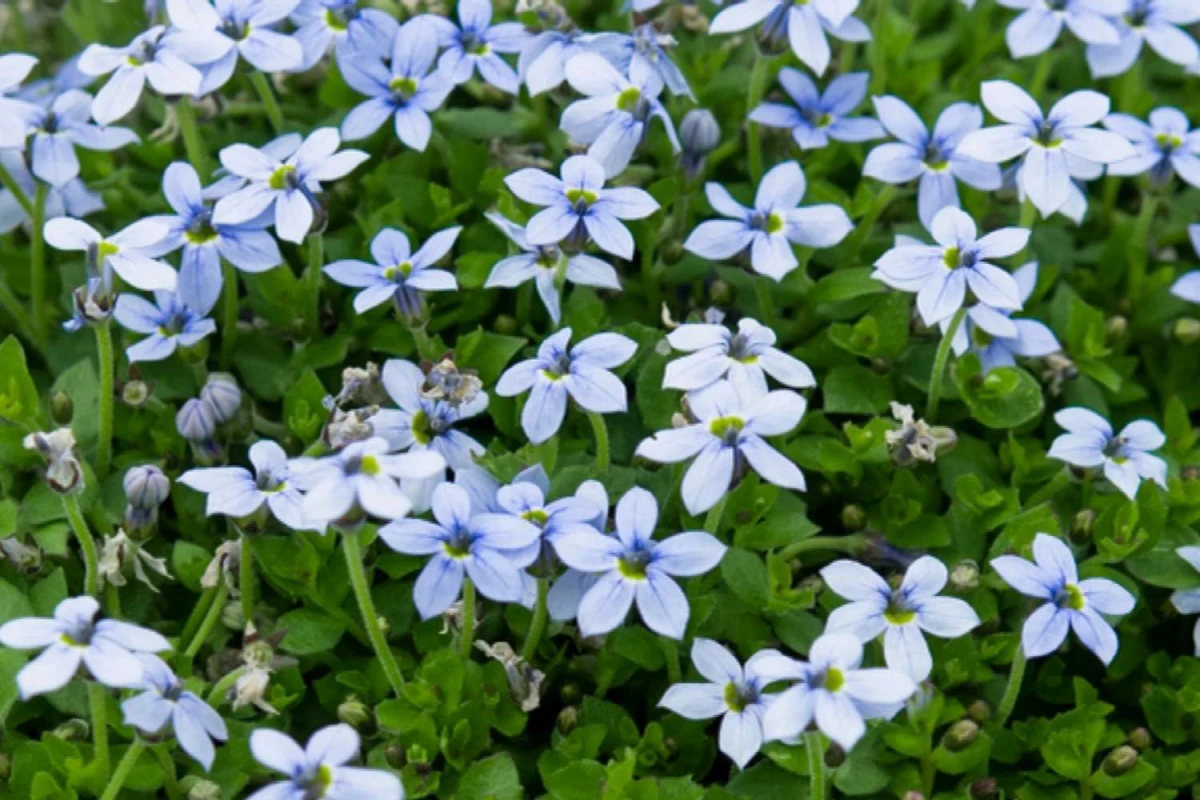
For Light Foot Traffic and Lawn Alternatives
These can be walked on (gently!) and offer a fantastic alternative to a traditional lawn.
-
Creeping Thyme (Thymus serpyllum): The classic walkable ground cover. It releases a wonderful scent when you step on it and is a bee magnet when it flowers in summer. For foot traffic, it can handle being walked on a few times a week, but it won’t survive a daily path from the back door to the garage. Safety warning: The flowers attract TONS of bees. If anyone in your family has a bee sting allergy, this is not a good choice. Or, opt for ‘Woolly’ thyme, which flowers much less. The great news? It’s very deer-resistant.
-
Microclover (Trifolium repens ‘Pipolina’): For a lawn look with fewer chores, mixing microclover with grass seed is a brilliant move. Clover is a powerhouse—it pulls nitrogen from the air and feeds itself and the surrounding grass. A clover-grass lawn needs less water, almost no fertilizer, and stays greener in summer. One thing to note: Deer love clover. So if you’re trying to keep them away, this isn’t your plant. If you don’t mind them visiting, they’ll appreciate the snack.
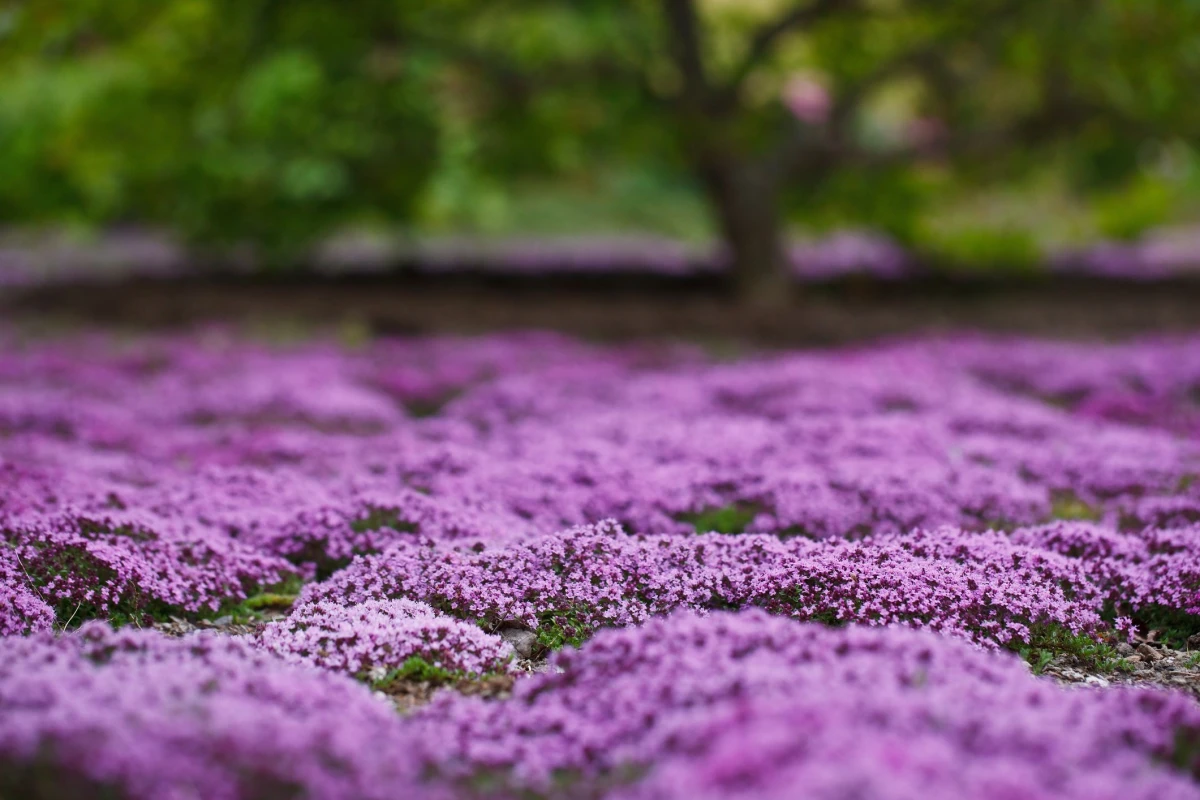
The Nitty-Gritty: Prep and Planting
Putting great plants in bad soil is a recipe for failure. The prep work you do now is the most important part of the whole project.
Step 1: Get Rid of the Old Lawn and Weeds
You have to remove the existing stuff completely. My favorite method is sheet mulching. It’s organic and builds soil at the same time. Just lay overlapping layers of cardboard right on top of the grass (it blocks the light and kills it), then cover the cardboard with 4-6 inches of compost or mulch.
Here’s a sample shopping list for sheet-mulching a 100 sq. ft. area:
- Cardboard: Free! Ask at appliance stores or grocery stores for big, plain brown boxes.
- Compost: About 5-6 bags of compost, which will run you about $30-$50.
- Mulch (optional top layer): 3-4 bags of a natural mulch like shredded bark, around $15-$25.
Step 2: Amending the Soil
If you’re not sheet mulching, you’ll want to spread 2 to 4 inches of high-quality compost over the entire area and work it into the top 6 inches of soil. This isn’t optional—it’s the key to success.
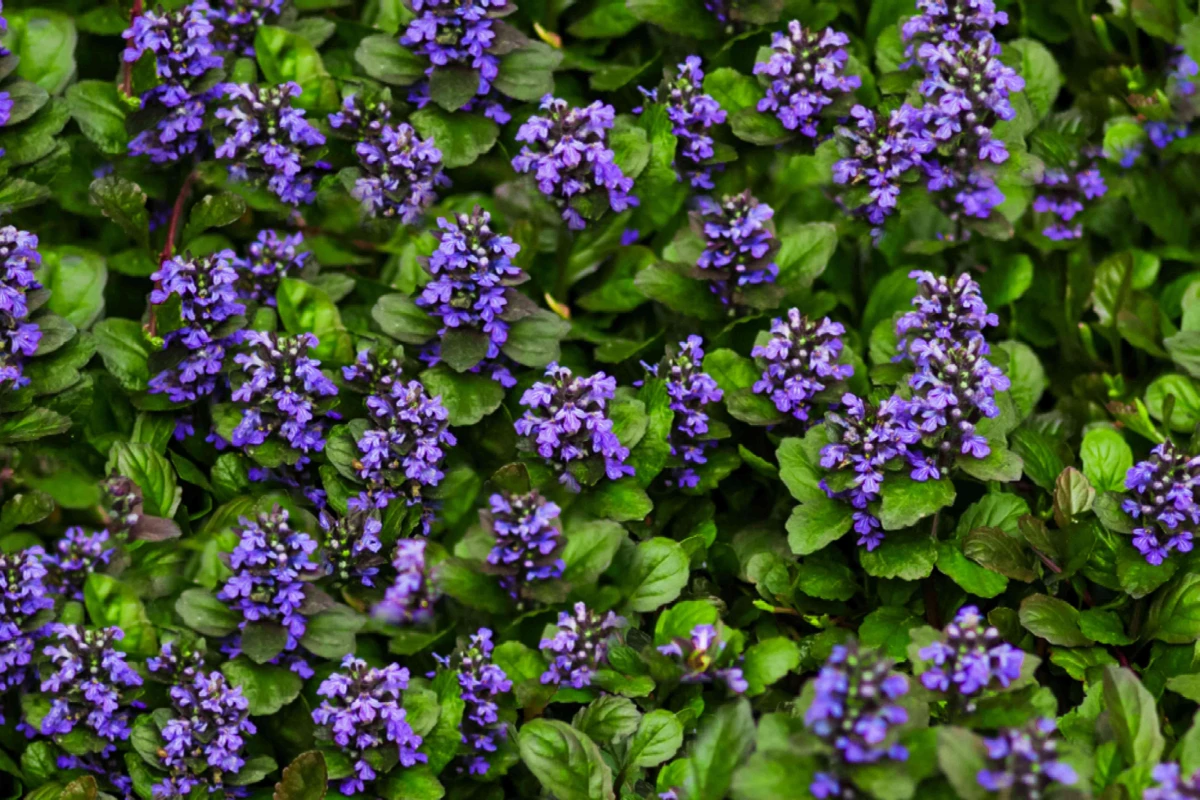
Step 3: Planting and Spacing
When you pop plants out of their pots, gently tease the roots apart if they’re circling at the bottom. This encourages them to grow outward. Dig a hole twice as wide as the root ball but just as deep, and make sure the top of the root ball is level with the surrounding soil.
Step 4: Watering and Mulching
Water every single plant thoroughly right after planting. For the first year, you need to be the rain. Don’t let the soil dry out completely. A thin 1-2 inch layer of fine mulch between the new plants will help keep weeds down while your ground cover fills in.
Long-Term Care and Honest Expectations
While they are low-maintenance, no ground cover is “no-maintenance.” For the first year or two, you will have to do some weeding. It’s just a fact of life. But as your plants grow together and form a dense mat, they’ll choke out most new weeds for you.
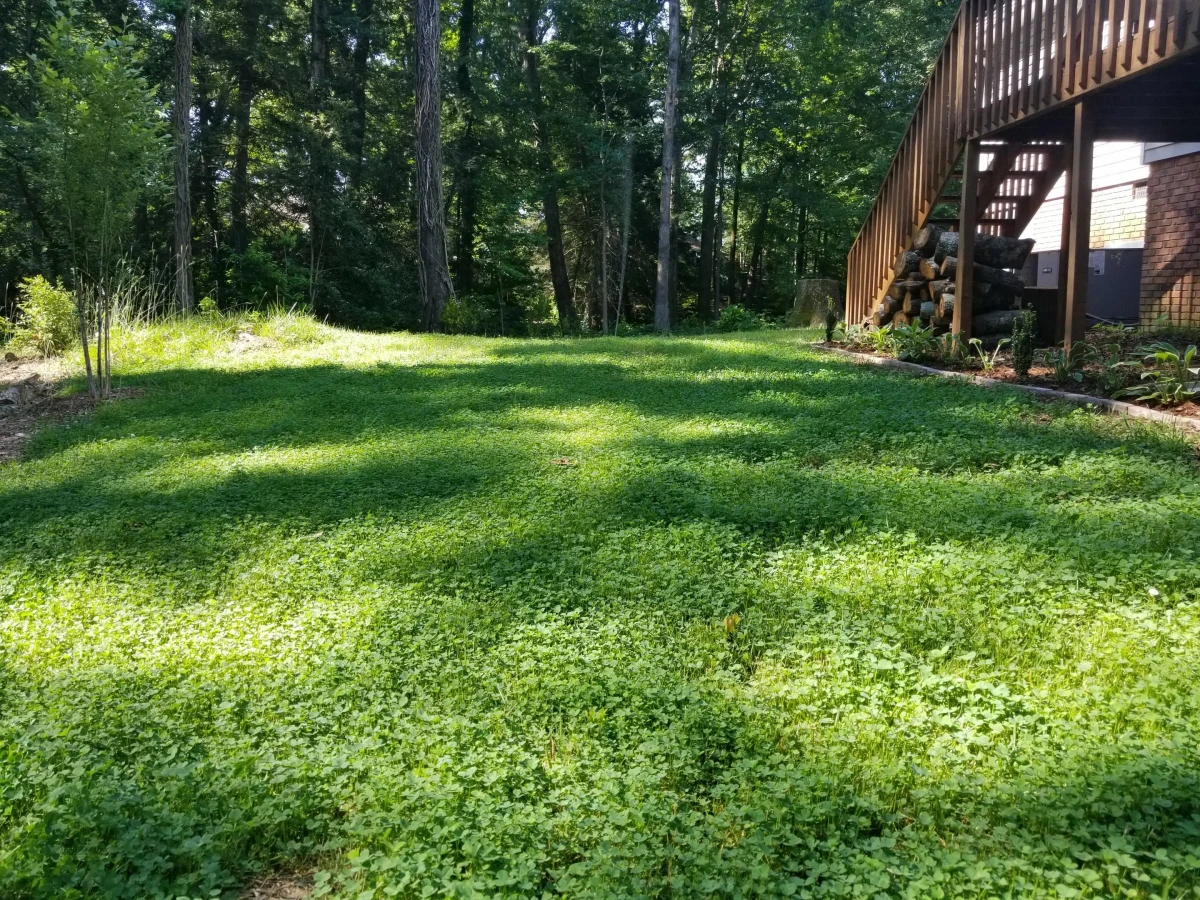
For the spreaders like Ajuga or Thyme, you’ll need to do some edge control once a year with a sharp spade to keep them where you want them. It’s a five-minute job.
Switching from a lawn to a ground cover is an investment of time and effort up front, but it pays you back for years. You’ll spend less time on chores and more time enjoying a beautiful, living garden that buzzes with life. From my experience, it’s one of the best upgrades you can make to your home.
Inspiration:
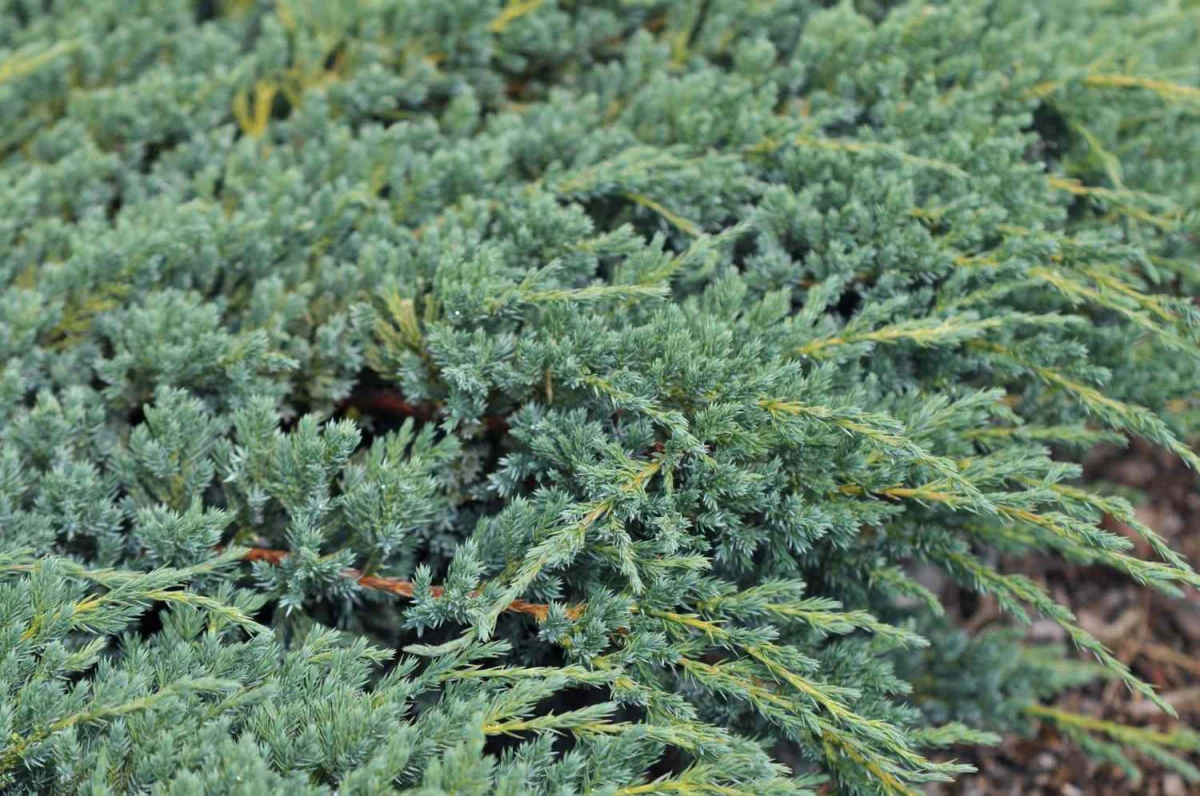
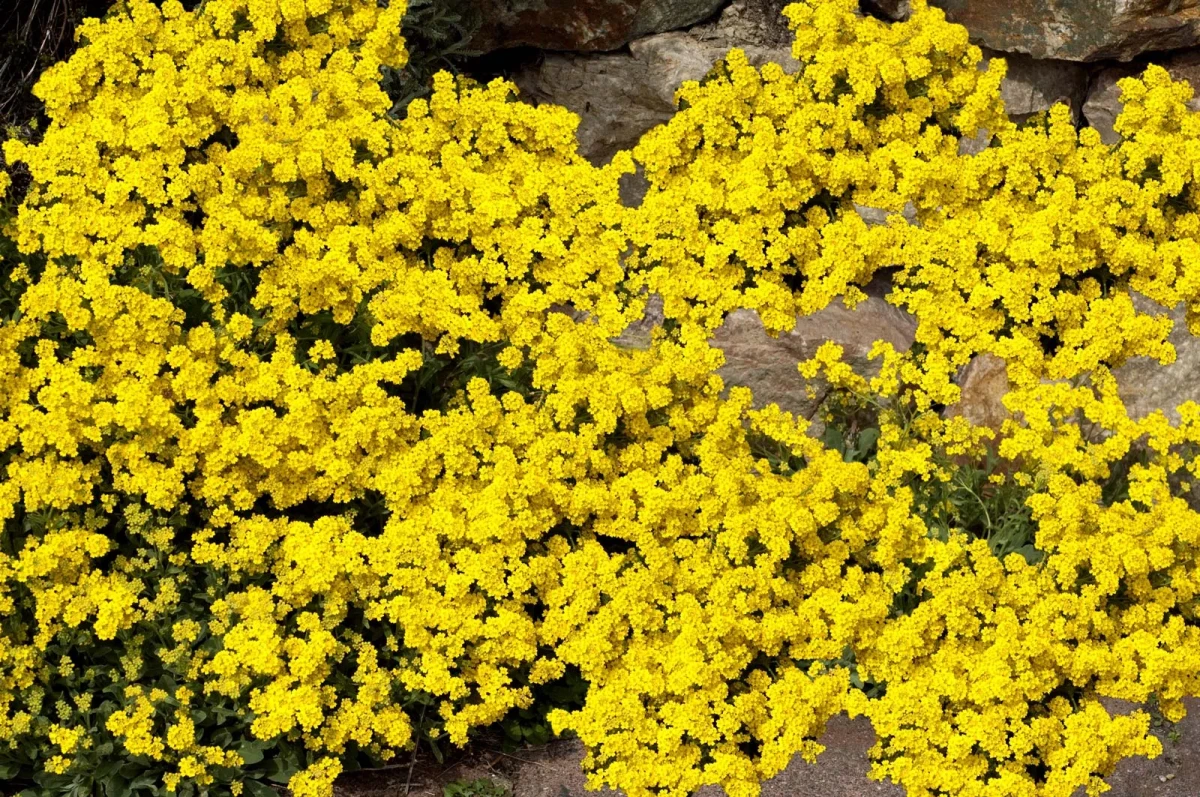
How do I prepare the area without using harsh chemicals to kill my old lawn?
Embrace the ‘lasagna method’ for a no-dig, soil-enriching start. In the fall, mow your lawn as short as you can. Lay down overlapping sheets of plain cardboard directly on top, making sure there are no gaps. Wet it thoroughly to help it stay put and start decomposing. Then, layer on the good stuff: a 4-inch layer of compost, followed by a 2 to 3-inch layer of wood chip mulch. Over the winter, this combination will smother the grass and break down into a rich, ready-to-plant bed for your new ground covers come spring.
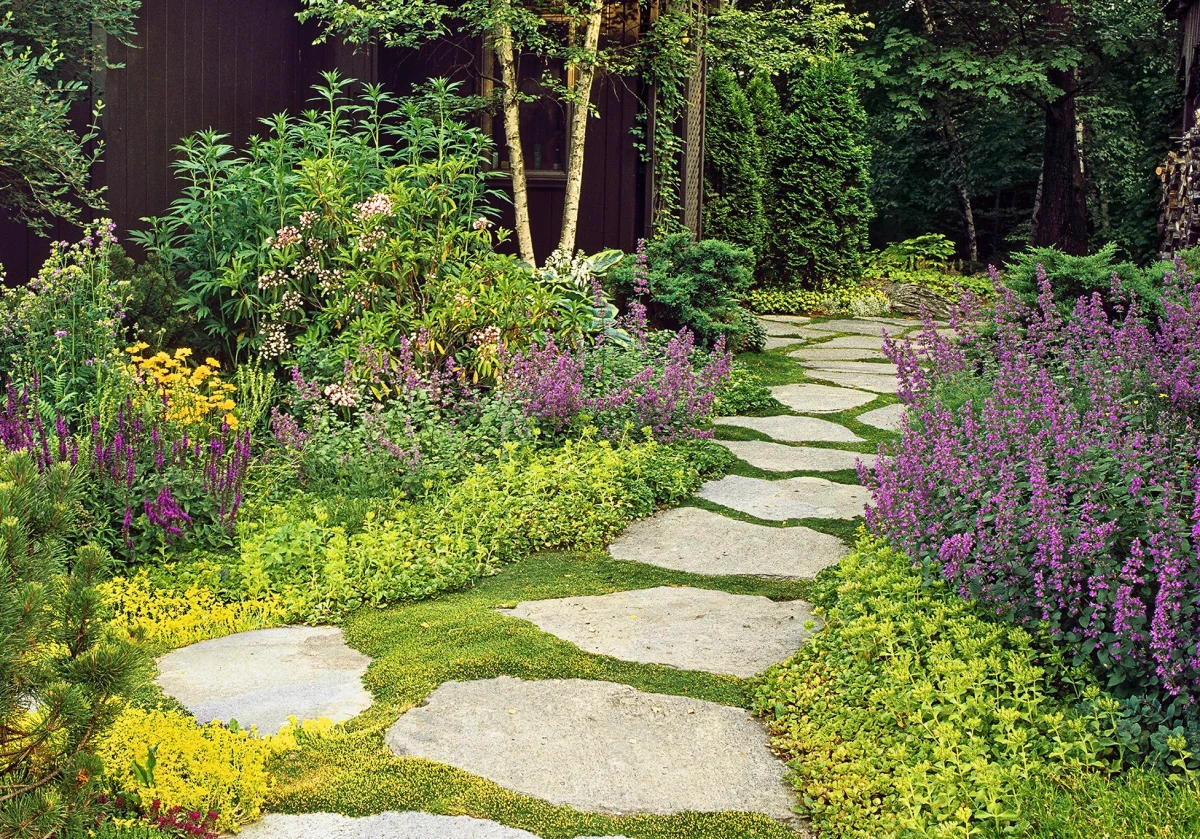
A single square meter of healthy, diverse ground cover can support hundreds of beneficial insects, from tiny predatory mites to vital native bees.
Unlike a sterile lawn, a tapestry of ground covers creates a bustling micro-ecosystem. The layers of leaves provide shelter, the flowers offer nectar and pollen, and the shaded, moist soil becomes a haven for earthworms and other organisms that build soil fertility from the ground up. It’s a living landscape, not just a green one.
For pathways and high-traffic spots: You need resilience. Opt for tough plants that can handle being stepped on. Woolly Thyme (*Thymus pseudolanuginosus*) or Roman Chamomile (*Chamaemelum nobile*) are excellent choices; they are durable and often release a pleasant fragrance when crushed.
For purely visual areas: This is where delicate textures can shine. Use plants like Golden Creeping Jenny (*Lysimachia nummularia ‘Aurea’*) or Bugleweed (*Ajuga reptans*) where they won’t be trod upon, allowing their beautiful foliage to form an uninterrupted carpet.










